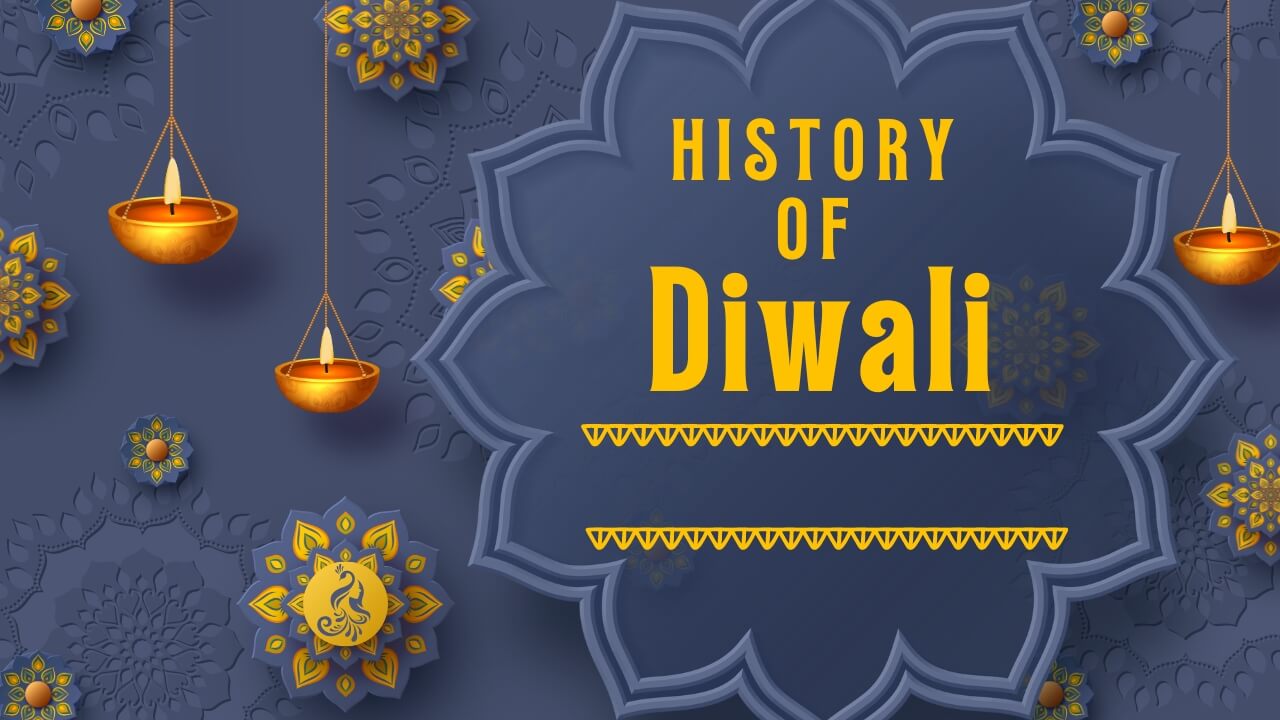Diwali, often referred to as the Festival of Lights, is one of the most significant and widely celebrated festivals in India. It is observed by millions of people across the world and marks a time of joy, prosperity, and spiritual enlightenment. Understanding the significance and history of Diwali provides insight into its cultural and religious importance, which transcends time and geography.
The Cultural Significance of the Diwali Festival
Diwali, which usually falls between October and November, is celebrated over five days. Each day holds its own unique meaning and traditions. The festival symbolizes the victory of light over darkness and good over evil.
- Day One – Dhanteras: This day is dedicated to wealth and prosperity. People clean their homes and purchase gold or kitchen utensils to bring good fortune.
- Day Two – Naraka Chaturdashi: Also known as Choti Diwali, this day is believed to be the day when Lord Krishna destroyed the demon Narakasura, liberating the world from fear.
- Day Three – Lakshmi Puja: The main day of Diwali celebrations involves the worship of Goddess Lakshmi, the deity of wealth and prosperity. Homes are lit with oil lamps, and families come together to perform prayers.
- Day Four – Govardhan Puja: This day commemorates Lord Krishna’s lifting of Govardhan Hill to protect villagers from torrential rains.
- Day Five – Bhai Dooj: This day celebrates the bond between brothers and sisters, similar to Raksha Bandhan.
Exploring the Historical Origins of the Diwali Festival
The history of Diwali is rich and multifaceted, with its roots deeply embedded in ancient Indian traditions and scriptures. The festival is linked to several mythological events and legends, each contributing to its diverse customs and practices.
The Legend of Lord Rama
One of the most popular stories associated with the history of Diwali is the return of Lord Rama to Ayodhya after 14 years of exile. According to the epic Ramayana, Lord Rama, along with his wife Sita and brother Lakshmana, returned to his kingdom after defeating the demon king Ravana. The people of Ayodhya welcomed them by lighting rows of clay lamps, which symbolized the triumph of good over evil.
Suggestion: Top 15 Stunning Places to Spot Dolphins in India 2024
The Story of Narakasura’s Defeat
Another significant legend in the history of Diwali is the victory of Lord Krishna over the demon Narakasura. This story highlights the theme of the triumph of righteousness over malevolence. Narakasura, a tyrant, was known for his oppressive rule and cruelty. His defeat brought relief and joy to the people, which is celebrated as Naraka Chaturdashi, or Choti Diwali.
The Spiritual Meaning Behind Diwali Celebrations
Diwali is not only a time for celebration but also for reflection and spiritual growth. The lighting of lamps and bursting of fireworks are symbolic acts that represent the dispelling of ignorance and the embracing of knowledge and inner light. This aspect of Diwali underscores the festival’s deeper spiritual significance, which is rooted in the pursuit of enlightenment and self-realization.
- Symbol of Light: Lighting lamps during Diwali signifies the removal of darkness and ignorance. It is a metaphor for enlightenment and wisdom.
- Purity and Cleansing: Cleaning homes and wearing new clothes during Diwali is symbolic of purifying the mind and heart and preparing oneself for the new beginning.
- Unity and Togetherness: Diwali brings together families and communities, fostering a sense of unity and shared joy.
Diwali’s Influence on Modern Celebrations
In contemporary times, Diwali has transcended its traditional roots and has become a global celebration. The diaspora communities worldwide celebrate Diwali with much fervour, showcasing the festival’s universal appeal. Despite modern influences, the core traditions and values remain intact, highlighting the enduring legacy of Diwali.
- Global Celebrations: Cities around the world, from London to New York, host Diwali events that attract large crowds, featuring fireworks, cultural performances, and community gatherings.
- Economic Impact: Diwali has significant economic implications as well. It is a peak shopping season in India, with people buying new clothes, gifts, and decorations. The festival boosts the economy, particularly in the retail and manufacturing sectors.
Preserving the Traditions of the Diwali Festival
While the history of Diwali is deeply rooted in mythology and tradition, there is a growing emphasis on preserving these customs amidst changing times. Many families strive to keep the traditional practices alive by educating younger generations about the significance and history of Diwali.
Related: Kumbh Mela 2025: Guide to the Mystical Kumbh Mela in India
- Cultural Education: Schools and cultural organizations often hold special events and educational programs to teach children about the stories and customs associated with Diwali.
- Sustainable Celebrations: In response to environmental concerns, there is a shift towards eco-friendly Diwali celebrations. This includes using biodegradable materials for decorations and opting for quieter, pollution-free fireworks.
Conclusion
Understanding the significance and history of Diwali reveals a festival that is much more than a celebration of light. It is a profound manifestation of cultural heritage, spiritual depth, and communal harmony. From its ancient origins and rich mythological stories to its vibrant modern-day celebrations, Diwali continues to illuminate the lives of millions, reminding us of the eternal victory of light over darkness and good over evil.
